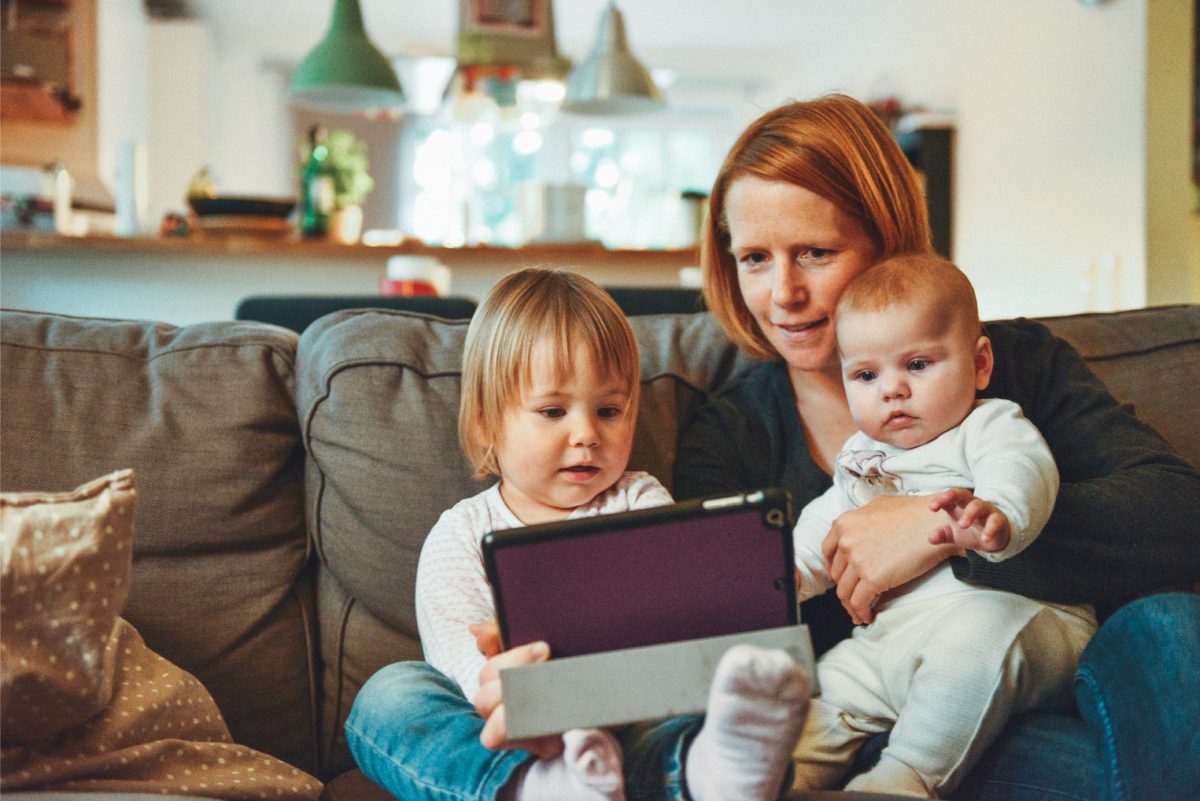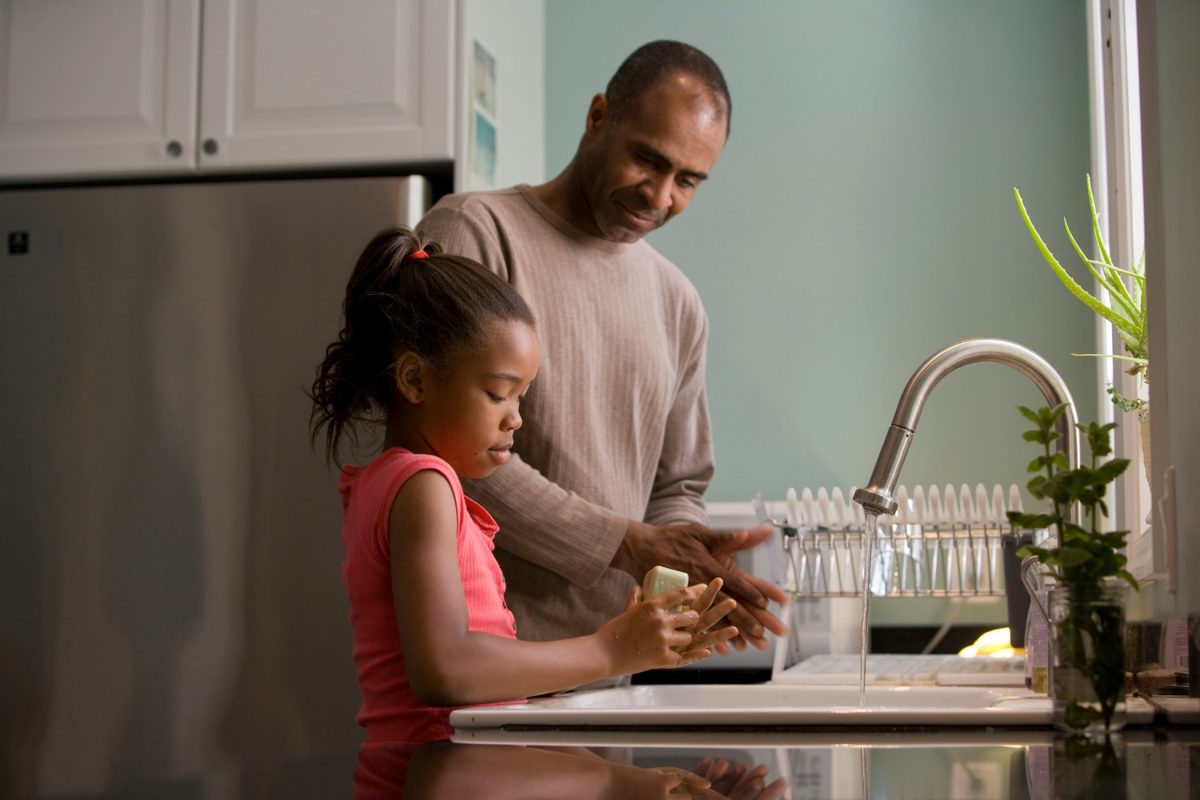Keeping Families Healthy and Safe During COVID-19: A Healthy Homes Response

Due to the emergence and threat of COVID-19, we are all spending much more of our time than ever before inside our homes. While we must act on external threats to our health and well-being as a society, we must also remember that our home environment influences our health and well-being.
Simple steps outlined on this page will help keep families healthy while inside their homes and also reduce energy bills.
We encourage everyone to use this opportunity to address the social determinants of health in their home, both given the substantial amount of time that our population will be spending in their home in the near future and to ensure health in the long-term.
GHHI hosted a webinar that included Ruth Ann Norton, our President & CEO, in conversation with Dr. David Dyjack, Executive Director of the National Environmental Health Association, and information presented by Paul Haan of Healthy Homes Coalition of Western Michigan. Listen to a recording of the webinar and view the slides.
Upcoming Webinars
June 10, 2020: Evaluation of Health and Social Outcomes in Housing Interventions
June 24, 2020: Healthcare Partnerships for Comprehensive Housing Services: New Funding Models
July 8, 2020: Community Health Workers and Housing Assessments
Health and the Home Environment
The condition of our home environment plays a key role in our health and wellbeing and is an important social determinant of health. Even outside of a pandemic scenario, Americans spend 90 percent of their time indoors; children, the elderly, and women often spend this entire percentage of time in the home.[1][2] Indoor concentrations of some pollutants are 2 to 5 times higher than outdoor concentrations, lead paint permanently reduces cognitive function and negative impacts future outcomes, and mold sends children to the emergency room. Moreover, structural issues in the home cause 25-30 percent of all trips and falls among older adults.[3]
In the US, 30 million families live in unhealthy housing.[4] Unhealthy housing conditions include exposure to the following:
- Mold and other allergy and asthma triggers
- Lead paint
- Internal and external structural hazards
- Such as leaky windows and unsound flooring.
In fact, lead poisoning, asthma, and trip and falls cost the US over $50 billion,[9] $80 billion,[10] and $31 billion,[11] respectively.
Using this time to address the social determinants of health in US homes is not only beneficial for the average household but it will benefit our nation’s health systems. For example, reducing asthma triggers in the home will reduce emergency room visits by asthmatic patients, thereby reducing demand on overburdened hospitals and reducing the risk of hospital-acquired infections. Sealing leaky windows and taking steps to make a home more energy efficient will reduce your utility costs and carbon footprint.[12]
GHHI is committed to continuing to promote healthy housing for all. We will continue to serve as a resource to families, healthy housing practitioners, healthcare stakeholders, and communities across the country during this volatile time. This webpage will provide updated information regarding federal, state, and non-governmental resources and recommendations for our partners and the families we serve. Please reach out to us (410-534-6447) if you would like further guidance, and check this webpage for updated information.
